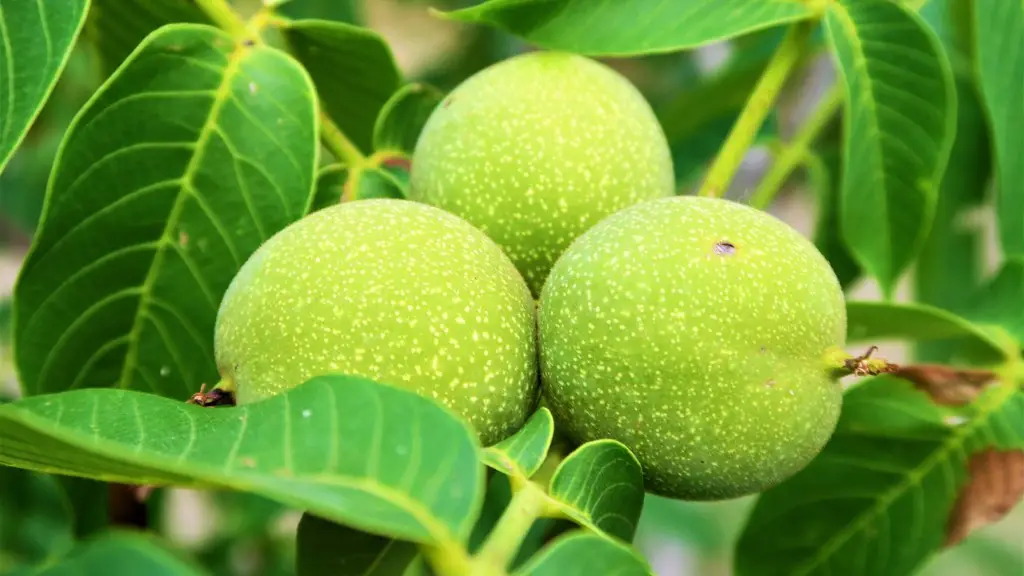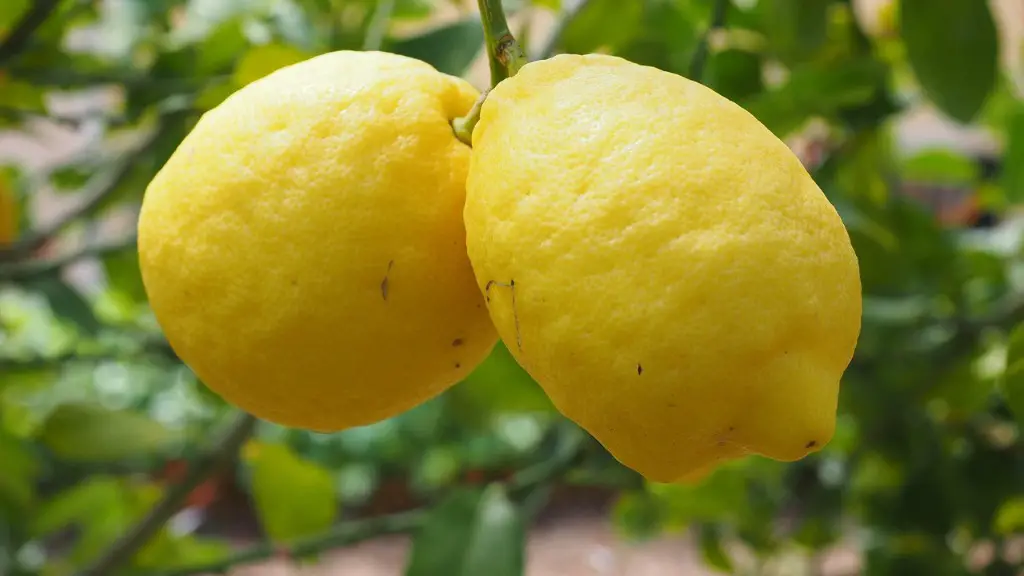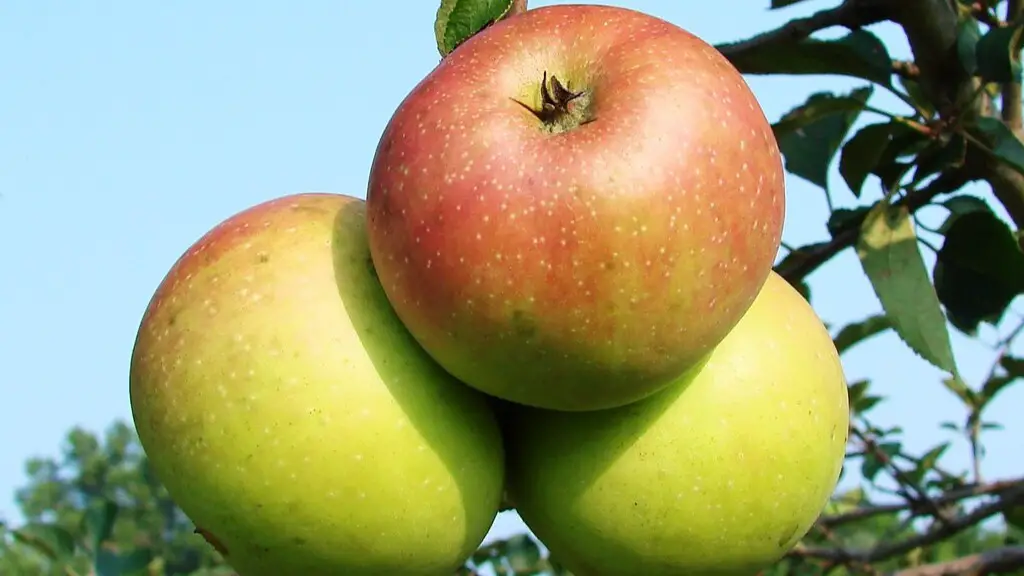Preparing Avocado Trees for Cold Climates
Growing an avocado tree in cold climates can seem like an impossible task, but with the right preparation and dedication, it is possible. The key is to get the tree well-established before winter hits. If you are not sure about the specifics for your area, a reputable nursery or gardening center can help you select a variety of avocado tree that is suitable for your climate.
Before taking your tree home, make sure you select a large, healthy one with good root mass. The roots are especially important as they are responsible for getting the tree off to a good start. Look for healthy looking branches and leaves, and check the base of the tree for any signs of damage.
Once your new tree is home, give it plenty of care and attention. Water the tree deeply but not too often since avocado trees naturally require less frequent watering than other plants. Make sure the soil is well-draining so the tree does not become water-logged. Mulching is also recommended, which will help to protect the tree’s roots from temperature extremes.
It is important to make sure the tree has plenty of light, but also take precautions to protect it from frost. The tree’s leaves and flowers are particularly susceptible to frost and should be shielded with a light cloth or blanket during cold weather. Coconut husks or other organic material can also be used to insulate the tree.
In order to make sure the tree gets enough nutrients, feed the tree with a balanced fertilizer at the beginning of each growing season. After the tree is well established, you can reduce your fertilizer applications to once or twice a year. However, if your tree is struggling to thrive, it may need more frequent feeds, so keep a close eye on its growth and adjust as needed.
Winter is a difficult time of year for avocado trees, as they enter a state of dormancy. To ensure your tree makes it through the cold months, it is important to keep it protected from freezing temperatures. A layer of mulch and cloth can help provide insulation, and careful pruning can help to protect the tree from wind and ice. You may also want to consider installing a heated irrigation system to help keep the roots from freezing.
Finally, avocado trees are susceptible to pests and diseases, and keeping them healthy is essential. Regularly check the leaves and branches for any suspicious signs, and if you find any, treat the tree immediately. If in doubt, a tree expert can help to diagnose and treat the tree.
Taking Care of the Tree’s Environment
To thrive in cold climates, it is essential to give the tree an environment that is suited to its needs. Making sure the soil has good drainage and is not too heavy is important as this will help protect the roots from becoming water-logged. Amending existing soil with compost can help to increase water-retention without causing issues with drainage.
Avocado trees require plenty of sunlight, even in cooler climates, so it is important to make sure the tree is planted in a spot where it can get at least six hours of sunlight a day. If there are shade trees around, consider pruning them to give the avocado tree a better chance of getting enough light.
When setting up irrigation for your tree, make sure you use a timer to help conserve water and prevent overwatering. In addition, installing a layer of thick mulch will help to protect the tree and keep weeds at bay. This can also be useful for providing insulation during cold weather. For larger trees, low-pressure irrigation systems can also be an effective way to provide water without wasting energy.
Finally, it is important to keep the area around the tree weed-free to help ensure its growth. This can be done manually or by using mulch that is dense enough to keep the weeds away. If there is construction nearby, be sure to take extra precautions to protect the tree from being damaged.
Pruning Avocado Trees in Cold Climates
Pruning is an important part of keeping your tree healthy, and it can also help protect it from frost and extreme temperatures. When pruning avocado trees, the main aim should be to keep the canopy open and shape the tree in such a way that it can withstand strong winds. It is also important to prune away dead or diseased branches to keep the tree healthy and encourage vigorous growth.
Due to the fact that avocado trees are naturally quite tall, it can be difficult to access the higher branches. Therefore, it is important to use appropriate pruning tools that allow you to reach the hard-to-access areas. Loppers and telescopic pruners are great for tackling branches that are out of reach, and pruning saws are great for larger branches.
When pruning, be careful not to remove too much of the canopy as this can disrupt the balance of the tree and make it vulnerable to the elements. It is also a good idea to prune the lower branches of the tree in order to let more light into the center. This will also help to prevent the lower branches from becoming too weak.
Finally, it is important to be careful not to damage the trunk or the roots when pruning. You should also take measures to protect the tree from any disease or pests that may be lingering on the pruning equipment.
Harvesting Avocado Trees in Cold Climates
Once the tree is mature enough, it is time to start harvesting the delicious avocados. When picking the fruit, it is important to be gentle and not to tug at the stem, as this can cause the fruit to crack or become misshapen. Avocados will naturally ripen off the tree, meaning you can pick them a bit early and let them sit in a cool, dry spot until they ripen.
However, it is important to be aware of any late frosts that may come in autumn. Avocados are particularly sensitive to cold temperatures and can be damaged if frost sets in. If you are worried about frost, it is best to pick your avocados a little early and leave them to ripen at room temperature.
Once your avocados have been harvested, there are many different ways you can enjoy them. The fruits can be used in salads, sandwiches, or turned into delicious guacamole. You can also eat them straight from the tree – the sweet, nutty taste of a perfectly ripe avocado is something to be savoured.
Summary
Growing an avocado tree in cold climates can be challenging but with the right preparation, dedication and care, it can be done. Before taking the tree home, make sure you choose a healthy one with a good root mass and inspect the base for any damage. Give the tree plenty of care and attention, water deeply and not too often, and make sure it has plenty of light. Feed it with a balanced fertilizer and keep an eye on its growth. Make sure the tree is properly insulated to protect it from frost and use a layer of mulch and cloth to keep the roots from freezing. Finally, regularly check the tree for pests or diseases and treat as needed.



